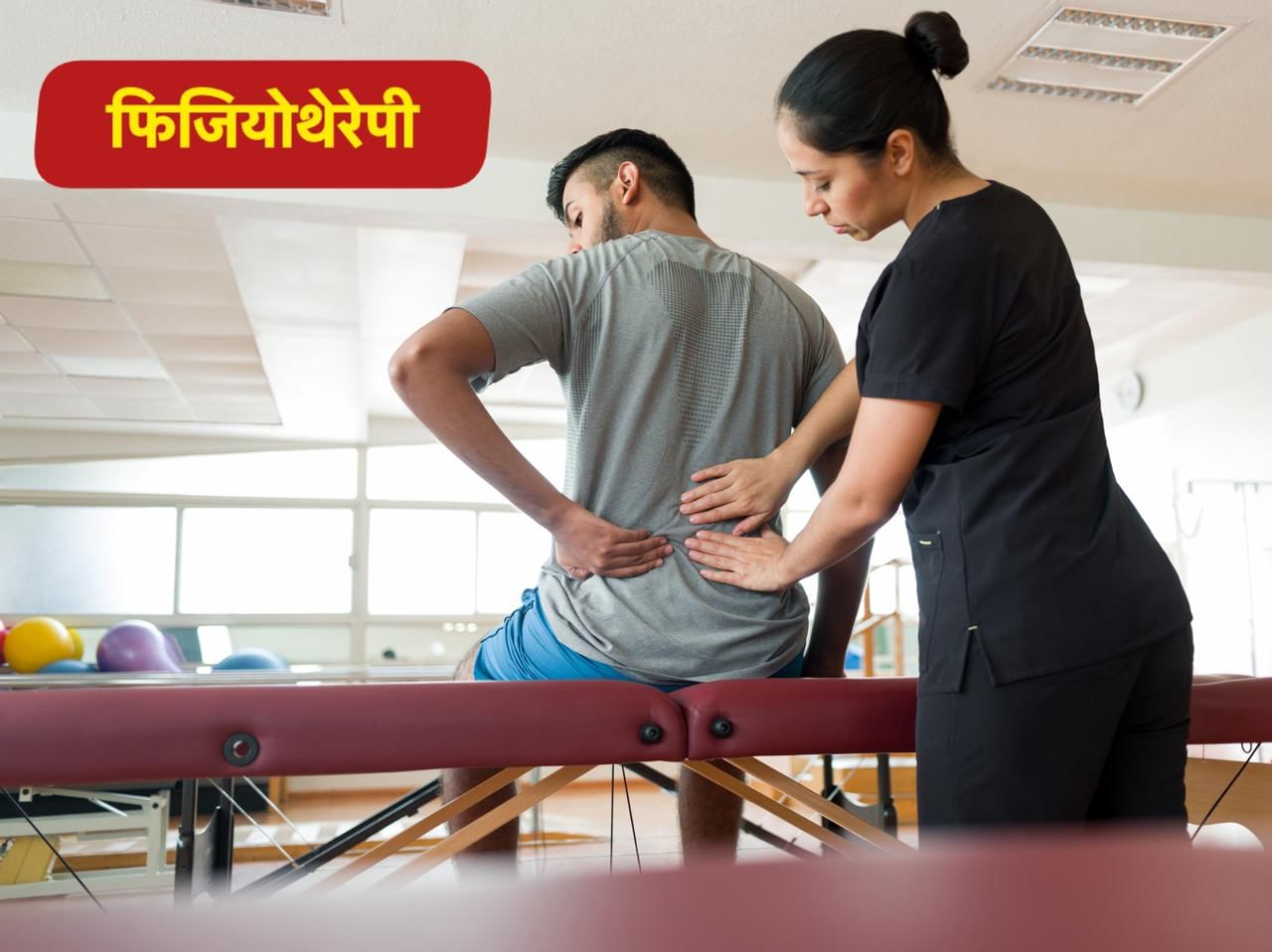Bone disease and physiotherapyImage Credit Source: Getty Images
Bone disease affects the bones, joints and muscles of the body, causing pain, stiffness, swelling and difficulty in walking. These problems are seen more with aging, but now the problems of bones are increasing due to changing lifestyle, lack of nutrition and wrong sitting habits even at a young age. Due to hormonal changes in women, there is a high risk of osteoporosis and bone weakness. The risk of fracture increases due to reduction in bone density in the elderly and falling incidents. At the same time, lack of calcium and vitamin D in children can affect the development of bones. These problems can remain for a long time due to lack of proper identity and treatment in time and affect the quality of life.
There are many types of diseases of bones. In Osteoporosis That is, slip discs such as weakening of bones, osteoarthritis i.e. joint swelling and pain, rheumatoid arthritis, fracture, bone infection and spine problems. There are many reasons behind these diseases, such as aging, lack of nutritious diet, deficiency of calciumwitamin D, sitting for a long time, lack of physical activity, injury, genetic factor and some medical conditions. Apart from this, after menopause in women, the density of bones starts decreasing rapidly. Sitting on mobile and laptop for youth for a long time is also increasing the problems of spine and joints. These problems can gradually take serious form by not exercising properly and not exercising on time.
How beneficial is physiotherapy in bone disease?
Head of Physiotherapy Department at MMG District Hospital, Ghaziabad, Syed Johar Ali Naqvi It is said that physiotherapy is considered an effective method in treating bones and joint problems. It helps to improve the movement of the body, reduce pain and strengthen muscles. In bone diseases, patients often have difficulty in walking, tightness or pain, so regular physiotherapy with medicines gives rapid relief. Light exercise and balance training in osteoporosis reduces pressure on bones and decreases the chances of falling.
After fracture, physiotherapy helps to re -activate the muscles and bring back the mobility of the joint. In arthritis patients, it reduces inflammation and tightness and makes the joints flexible. Regular therapy reduces dependence on PAN killer drugs and increases the speed of recovery. With the right exercise technology and guidance, the patients are able to return to their daily activity.
Take care of these things
Include light physical activity or walk daily in the routine.
Take nutritious diet rich in calcium and vitamin D.
Avoid sitting in the wrong position or working.
Do not delay if you see bones pain, swelling or stiffness, get a doctor checked.
Keep distance from habits like smoking and alcohol, they weaken bones.
If you see changes in bones due to age or any injury, consult a physiotherapist.
Keep the floor dry in the house dry and ensure enough light to prevent fall.
